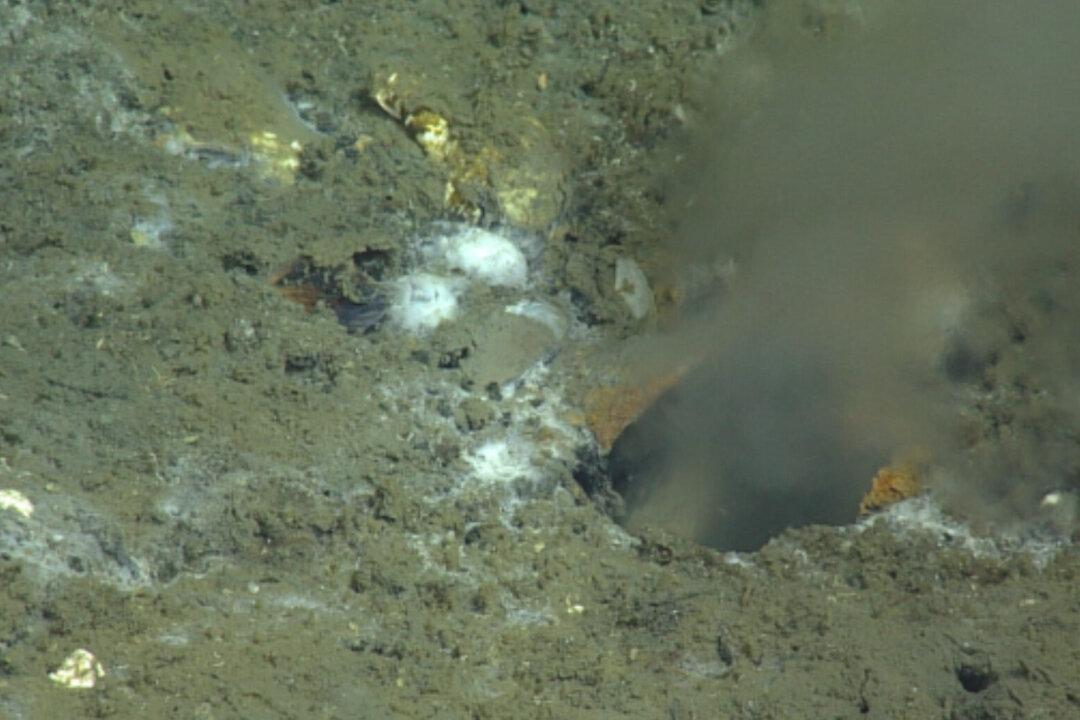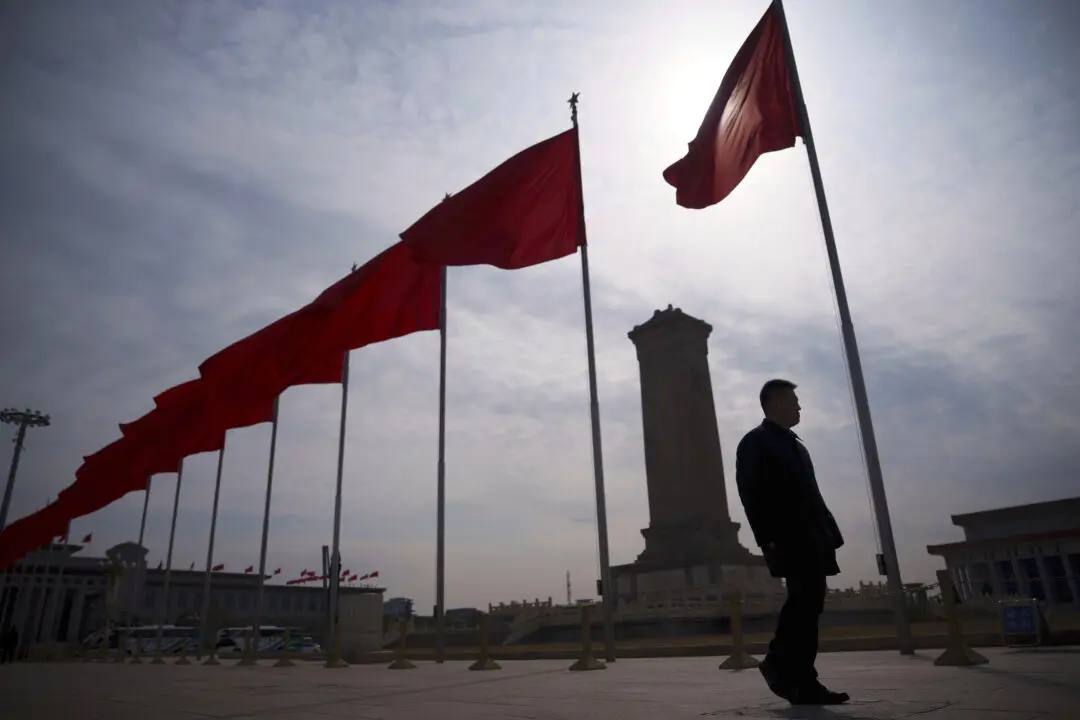A seafloor hole shooting up warm, mineral-rich liquid into the Pacific Ocean near Oregon’s central coastal might not be a good sign for earthquake activity in the region, scientists say.
The hole, named “Pythia’s Oasis” after the ancient Greek high priestess who speaks the prophecies while inhaling the vapor rising from a hot spring, is described as a “warm, high-discharge, water-dominated seafloor seep” located about 50 miles off Newport, Oregon. It also sits on top of the 600-mile Cascadia Subduction Zone fault, a source of major earthquake events up to magnitude 9.0 or greater.





